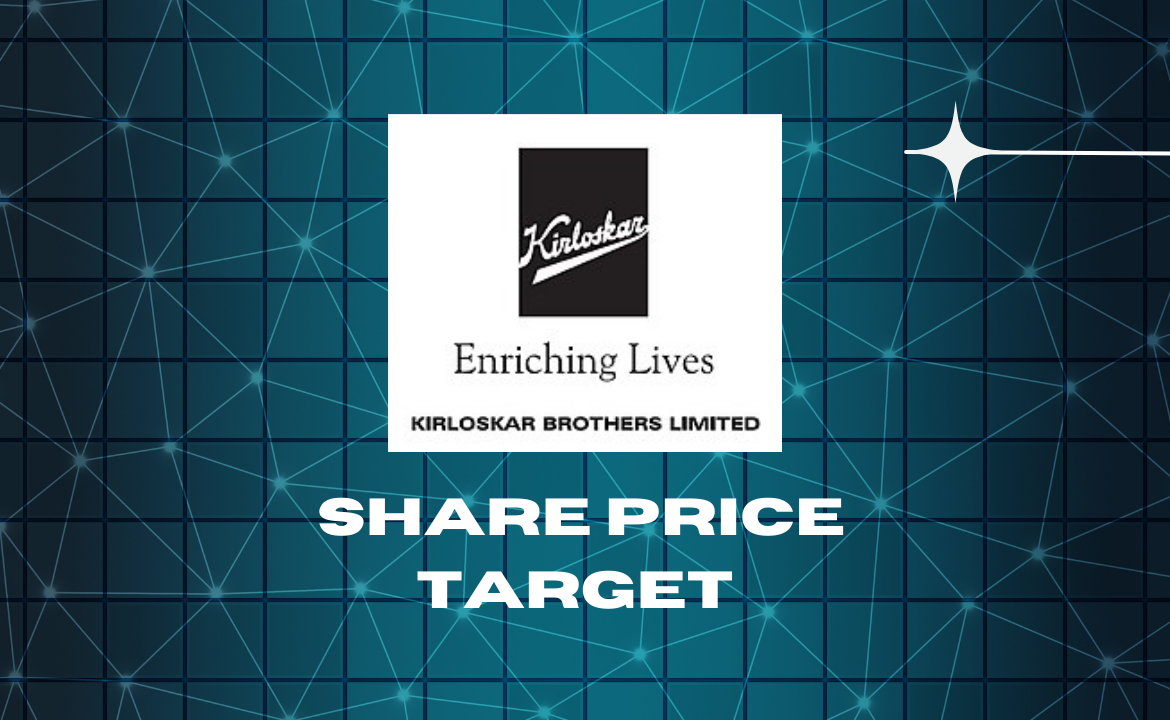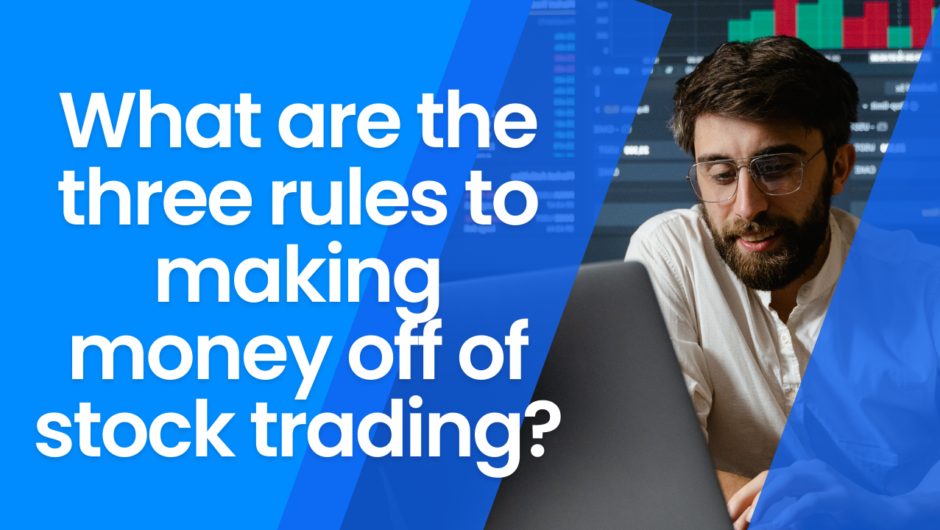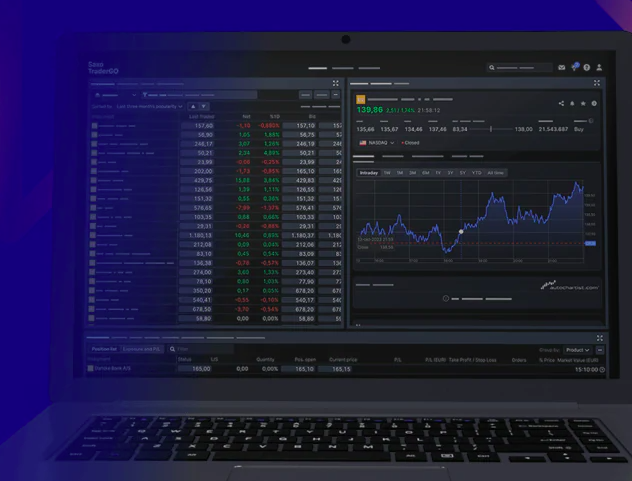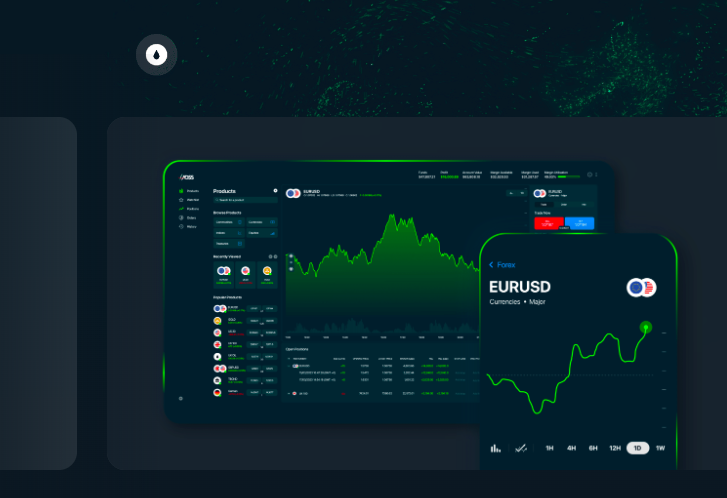In Indian business, “Kirloskar” signifies trust and innovation. Kirloskar Brothers Limited (KBL), part of the esteemed Kirloskar Group, is a stalwart in industrial engineering. With a century-old history, KBL is synonymous with reliability and excellence.
In this article, we explore the world of share price prediction for Kirloskar Brothers. As a renowned entity within the Kirloskar Group, KBL’s stock performance intrigues both experienced investors and those interested in this conglomerate’s legacy. We’ll analyze factors impacting KBL’s share price, delving into company dynamics and market trends to offer insights into the future of this industrial giant.

About Kirloskar Brothers
Kirloskar Brothers Limited has been part of the Kirloskar Group since 1888, and it’s a big deal in the world of engineering and fluid management. They make a bunch of stuff like pumps, valves, motors, and turbines – more than 75 kinds of pumps and 28 types of valves, to be exact. These things are used all over the world in different industries.
They’re also pretty smart at coming up with new ideas. They’ve made cool products like the DBxe, GK, and KW-LC series, which are super efficient and used in big projects, factories, homes, and even in projects that use clean energy. KBL doesn’t just work in India; they have factories in five other countries and lots of partners helping them out.
They used to do a lot of projects that didn’t make much money, but they figured out a better way to do things and now focus on more profitable projects. This change has made a big difference in their business.
KBL has some impressive friends and a long list of big projects they’ve done successfully. They also have lots of patents for their clever inventions. They’re always looking ahead, making sure they stay a top choice for engineering and fluid management solutions. They’ve been doing this for over a hundred years and don’t plan to stop anytime soon!
Q1 Fy2024 Key Points And Summary:
- Revenue Growth: KBL achieved a substantial 14.7% growth in consolidated revenues, reaching INR 900 crores in Q1 FY ’24. This signifies robust demand for their products and services.
- EBITDA Surge: The company’s EBITDA showed remarkable growth, increasing by a whopping 140% to INR 115 crores. This signifies improved operational efficiency and increased profitability.
- Domestic and International Growth: KBL’s domestic business expanded by 3.8%, showcasing steady growth in the Indian market. Simultaneously, their international business experienced impressive growth, surging by 27.7%, reflecting their global market presence and diversification.
- Order Book Strength: KBL’s consolidated order book exhibited significant YoY growth, with a 15.7% increase to INR 3,020 crores. This indicates a strong pipeline of projects and a positive outlook for future business prospects.
- Capacity Utilization: The company operates efficiently with capacity utilization rates ranging between 60% and 70%. This highlights their ability to meet demand while maintaining cost-effectiveness and operational excellence.
Shareholding Pattern Analysis:
- The promoter’s stake has remained relatively stable over the years, fluctuating marginally but staying consistently around 66%. This indicates the promoters’ commitment to maintaining control over the company.
- FIIs have shown some fluctuations in their holdings but have generally maintained a small but consistent presence in the company, ranging from 1.19% to 2.33%.’
- DIIs have displayed a gradually increasing interest in the company over the years. Their holdings have risen from 9.02% in Mar 2017 to 11.87% in Mar 2020, indicating confidence in the company’s prospects.
- Public shareholders’s holdings dipped to 20.38% in Mar 2020, they have since rebounded and stayed around 23%.
The shareholding pattern signals stability and growing confidence. Promoters’ unwavering commitment underscores a consistent vision. FIIs and rising DIIs indicate institutional confidence. Public shareholding rebound post-Mar 2020 suggests renewed retail investor faith. Increasing shareholders indicate broader investor base, possibly due to market awareness. In summary, the pattern reveals balanced ownership and the company’s ability to maintain investor trust with stable fluctuations.
Kirloskar Brothers Share Price Target 2023 To 2030
Kirloskar Brothers Share Price Target 2023
| When | Maximum Price | Minimum Price |
| October 2023 | ₹881.18 | ₹801.07 |
| November 2023 | ₹863.90 | ₹785.36 |
| December 2023 | ₹892.41 | ₹811.28 |
Analyzing the expected prices, we can determine that the highest expected share price for the year occurred in September 2023 at ₹898.80, while the lowest expected share price for the year was in November 2023 at ₹785.36. These figures represent the peaks and troughs in the company’s share price throughout the specified months.
The company’s current market capitalization (Market Cap) is an impressive ₹6,648 Crores, reflecting its standing in the market. This valuation is closely tied to the current share price of ₹840, an essential indicator of investor sentiment and the company’s perceived value in the stock market.
Kirloskar Brothers Share Price Target 2024
| When | Maximum Price | Minimum Price |
| January 2024 | ₹910.62 | ₹791.84 |
| February 2024 | ₹929.20 | ₹808.00 |
| March 2024 | ₹948.17 | ₹824.49 |
| April 2024 | ₹920.55 | ₹800.48 |
| May 2024 | ₹906.95 | ₹788.65 |
| June 2024 | ₹939.60 | ₹817.04 |
| July 2024 | ₹930.20 | ₹808.87 |
| August 2024 | ₹967.41 | ₹841.22 |
| September 2024 | ₹1,006.10 | ₹874.87 |
| October 2024 | ₹986.38 | ₹857.72 |
| November 2024 | ₹1,015.97 | ₹883.45 |
| December 2024 | ₹1,041.37 | ₹905.54 |
- Maximum Price for the Year: ₹1,041.37 (recorded in December 2024)
- Minimum Price for the Year: ₹788.65 (recorded in May 2024)
These values are expected to represent the highest and lowest share prices that will be observed throughout the entire year 2024. It provides an overview of the range of price fluctuations the company’s stock is expected to experience during that period..
Kirloskar Brothers Share Price Target 2025
| when | Maximum Price | Minimum Price |
| January 2025 | ₹1,062.20 | ₹817.07 |
| February 2025 | ₹1,089.43 | ₹838.02 |
| March 2025 | ₹1,131.92 | ₹870.71 |
| April 2025 | ₹1,109.72 | ₹853.63 |
| May 2025 | ₹1,077.40 | ₹828.77 |
| June 2025 | ₹1,125.89 | ₹866.07 |
| July 2025 | ₹1,103.81 | ₹849.08 |
| August 2025 | ₹1,137.95 | ₹875.34 |
| September 2025 | ₹1,177.78 | ₹905.98 |
| October 2025 | ₹1,208.40 | ₹929.54 |
| November 2025 | ₹1,238.61 | ₹952.78 |
| December 2025 | ₹1,269.57 | ₹976.59 |
- Maximum Price for the Year (2025): ₹1,269.57 (recorded in December 2025)
- Minimum Price for the Year (2025): ₹817.07 (recorded in January 2025)
The share price analysis for 2024 and 2025 reveals a notable upward trend, with prices expected to steadily increase from the year’s lowest points to reach their highest levels by the end of each year. This trend is expected to suggest growing investor confidence and positive market sentiment. However, the share prices are also expected to indicate some degree of volatility, as fluctuations between the monthly minimum and maximum prices can be expected to be substantial.
Kirloskar Brothers Share Price Target 2026 To 2030
| Year | Maximum Price (₹) | Minimum Price (₹) |
|---|---|---|
| 2026 | ₹1,333.05 | ₹933.14 |
| 2027 | ₹1,466.36 | ₹1,026.45 |
| 2028 | ₹2,052.90 | ₹1,026.45 |
| 2029 | ₹1,777.40 | ₹888.70 |
| 2030 | ₹2,310.62 | ₹1,617.44 |
Over the expected five-year period, spanning from 2026 to 2030, the company’s share price is expected to steadily climb. In 2026, it is anticipated to reach a high of ₹1,333.05, further growing to ₹1,466.36 in 2027. This upward trend is expected to continue into 2028, with a substantial increase expected to reach ₹2,052.90. Remarkably, the lowest price is expected to remain quite stable at around ₹1,026.45, indicating fewer ups and downs.
In 2029, a slight dip to ₹1,777.40 for the highest expected price is anticipated, but it is expected to remain higher than in previous years. The lowest expected price is ₹888.70, showing some fluctuations but still on an upward path.
The peak of this growth is predicted to happen in 2030, with a significant high expected at ₹2,310.62 and a minimum of ₹1,617.44. These numbers highlight an anticipated consistent, long-term rise in share prices, reflecting strong investor confidence and a positive market outlook. While there may be occasional fluctuations, especially in the early years, the overall expected direction points to steady growth and increasing stock value. This makes the stock an appealing choice for investors seeking potential appreciation during these years.
Kirloskar Brothers Financial Condition (Last 5 Years)
| Mar 2019 | Mar 2020 | Mar 2021 | Mar 2022 | Mar 2023 | |
| Sales + (crores Rs.) |
3,349 | 3,135 | 2,717 | 3,058 | 3,730 |
| Expenses + (crores Rs.) |
3,221 | 2,928 | 2,475 | 2,852 | 3,330 |
| Operating Profit (crores Rs.) |
128 | 207 | 241 | 206 | 400 |
| OPM % | 4% | 7% | 9% | 7% | 11% |
| Other Income + (crores Rs.) |
23 | 37 | 53 | 32 | 22 |
| Interest (crores Rs.) |
47 | 52 | 44 | 33 | 35 |
| Depreciation (crores Rs.) |
64 | 71 | 68 | 70 | 69 |
| Profit before tax (crores Rs.) |
41 | 121 | 182 | 135 | 318 |
| Tax % | 113% | 44% | 15% | 40% | 29% |
| Net Profit + (crores Rs.) |
3 | 72 | 161 | 94 | 236 |
| EPS in Rs | 0.44 | 9.05 | 20.29 | 11.88 | 29.59 |
| Dividend Payout % | 570% | 28% | 15% | 25% | 15% |
- Sales fluctuated from ₹3,349 crores in March 2019 to ₹3,730 crores in March 2023.
- Expenses decreased from ₹3,221 crores in March 2019 to ₹2,475 crores in March 2021, then increased to ₹3,330 crores in March 2023.
- Operating Profit Margin (OPM %) rose from 4% in March 2019 to 11% in March 2023.
- Other income increased from ₹23 crores in March 2019 to ₹53 crores in March 2021, then decreased to ₹22 crores in March 2023.
- Interest expenses decreased from ₹47 crores in March 2019 to ₹35 crores in March 2023.
- Depreciation remained stable at around ₹70 crores.
- Profit Before Tax (PBT) grew from ₹41 crores in March 2019 to ₹318 crores in March 2023.
- Tax % fluctuated, reaching a high of 113% in March 2019 and a low of 15% in March 2021.
- Net profit ranged from ₹3 crores in March 2019 to ₹236 crores in March 2023.
- Earnings Per Share (EPS) increased from ₹0.44 in March 2019 to ₹29.59 in March 2023.
- Dividend Payout % varied from a high of 570% in March 2019 to a low of 15% in March 2021 and March 2023.
In summary, the data reveals a fluctuating financial performance over the years, with varying sales, expenses, and profitability indicators. Notably, the company improved its OPM % and managed to reduce interest expenses. However, tax rates and dividend payouts fluctuated significantly during this period. Careful consideration and analysis of these factors are essential when evaluating the company’s financial health and performance.
FAQs
What Is The Target Share Price For Kirloskar Brothers By 2024?
The target share prices for the year 2024 exhibited a range from a minimum of ₹114.24 in May to a maximum of ₹150.85 in December, showcasing fluctuations over the course of the year.
What Is The Target Share Price For Kirloskar Brothers By 2030?
The target share prices for the year 2030 ranged from a minimum of ₹1,617.44 to a maximum of ₹2,310.62.
What is the Stock P/E ratio, and what does it signify?
The Stock P/E (Price-to-Earnings) ratio, currently standing at 23.5
Should One Invest In Kirloskar Brothers?
Taking into account the data and additional information, the decision to invest in Kirloskar Brothers should be approached with a balanced perspective.
On the positive side, Kirloskar Brothers is actively reducing its debt, which is a good sign for potential investors. Lower debt levels make the company more financially stable and attractive for investment. Additionally, over the past five years, the company has shown impressive profit growth, with a Compound Annual Growth Rate (CAGR) of 36.8%.
Moreover, Kirloskar Brothers consistently offers a healthy dividend payout of 18.4% to shareholders, making it an appealing choice for those seeking income from their investments.
However, there are some concerns. The company’s sales growth has been modest, at only 6.09% over the past five years. This slower sales expansion raises questions about its competitiveness in the market and its ability to capture market share.
In conclusion, Kirloskar Brothers exhibits several strengths, including debt reduction, robust profit growth, and consistent dividend payouts. The improving Return on Equity and compounded profit growth further highlight its financial efficiency and potential.
Investors should approach this opportunity with caution, keeping a watchful eye on the company’s financial performance in the coming quarters. However, with its potential for continued growth and income generation, Kirloskar Brothers remains an attractive option for investors, especially those seeking a balance between profitability and stability in their investment portfolio.











